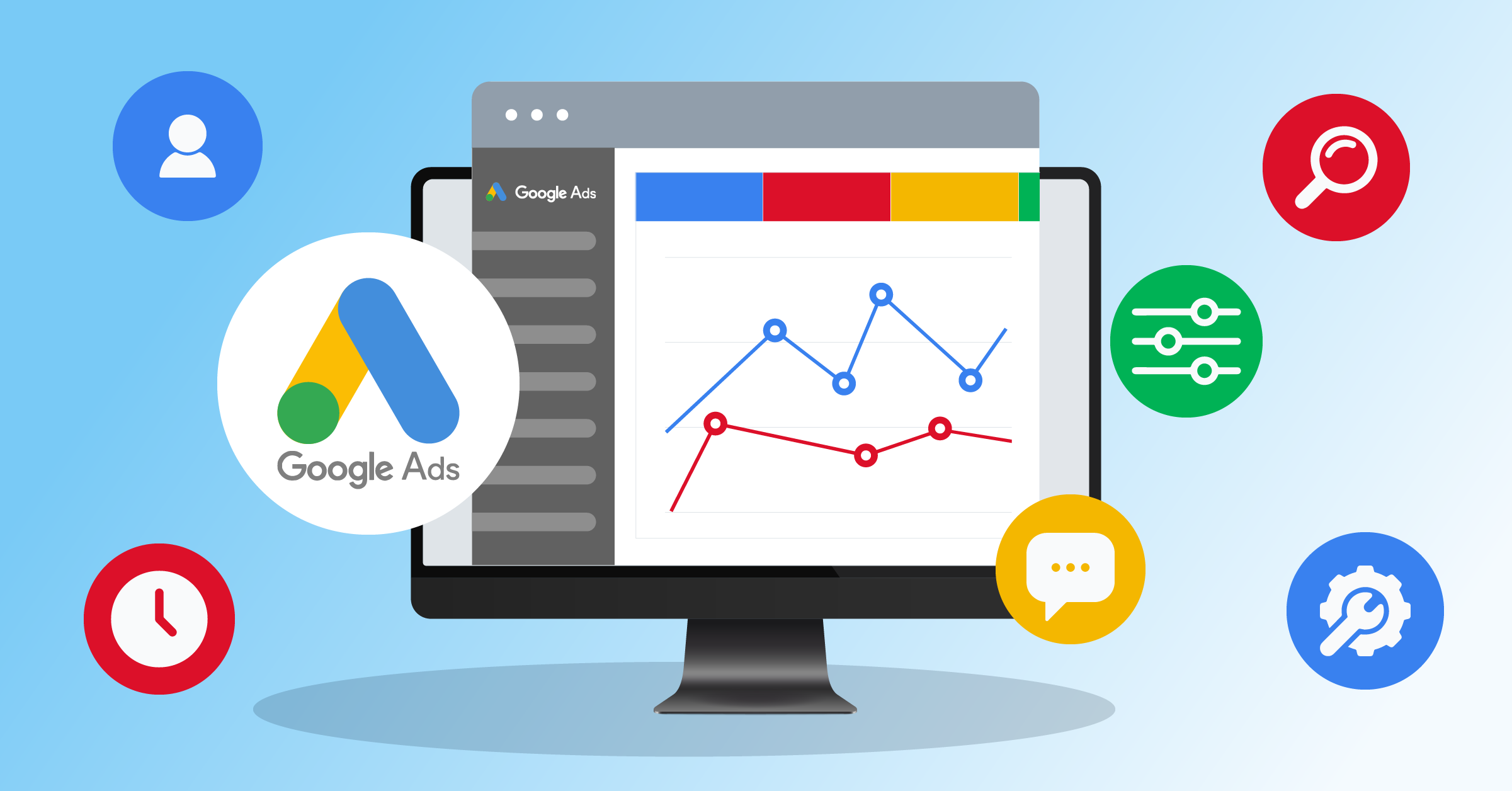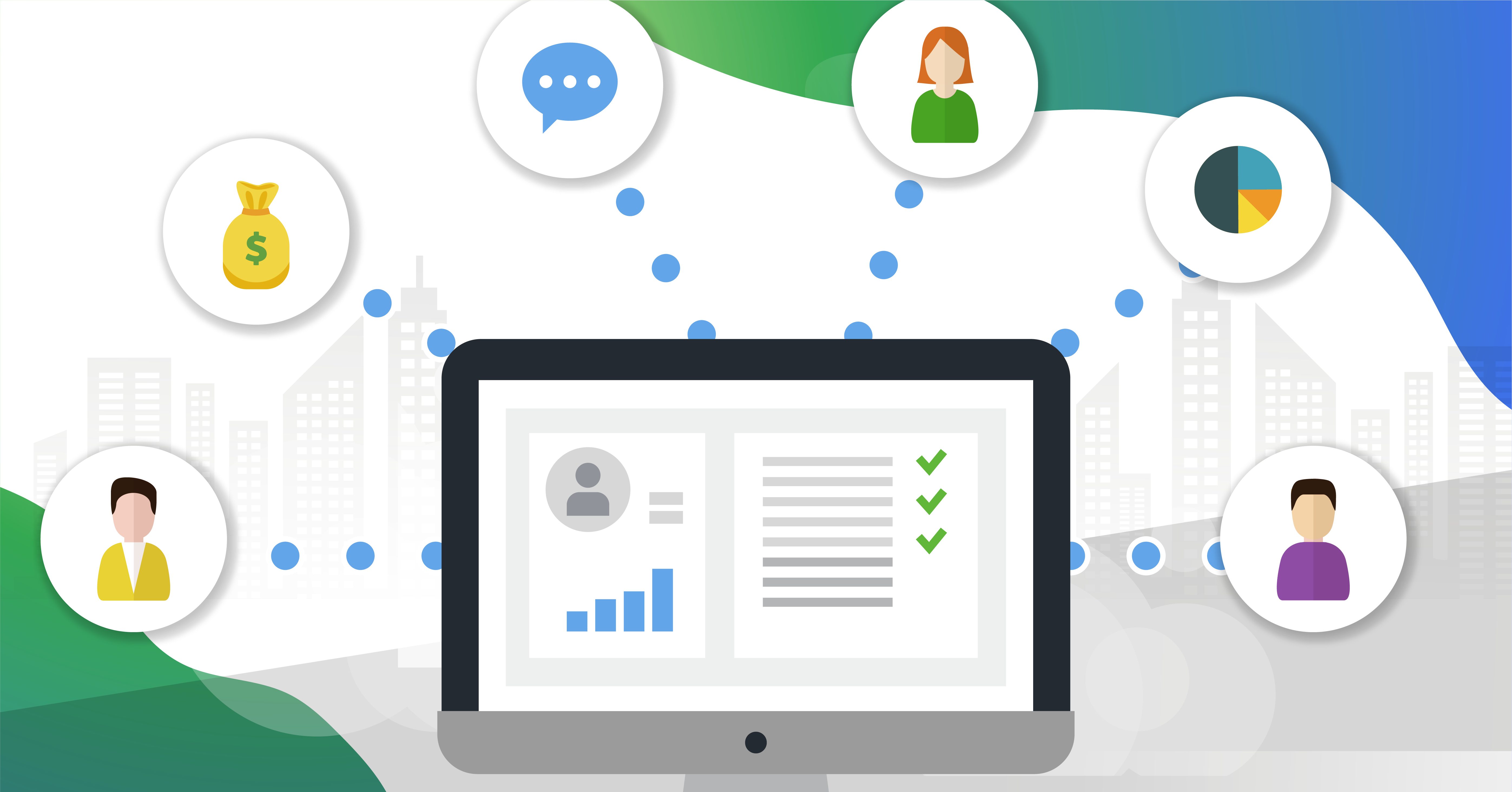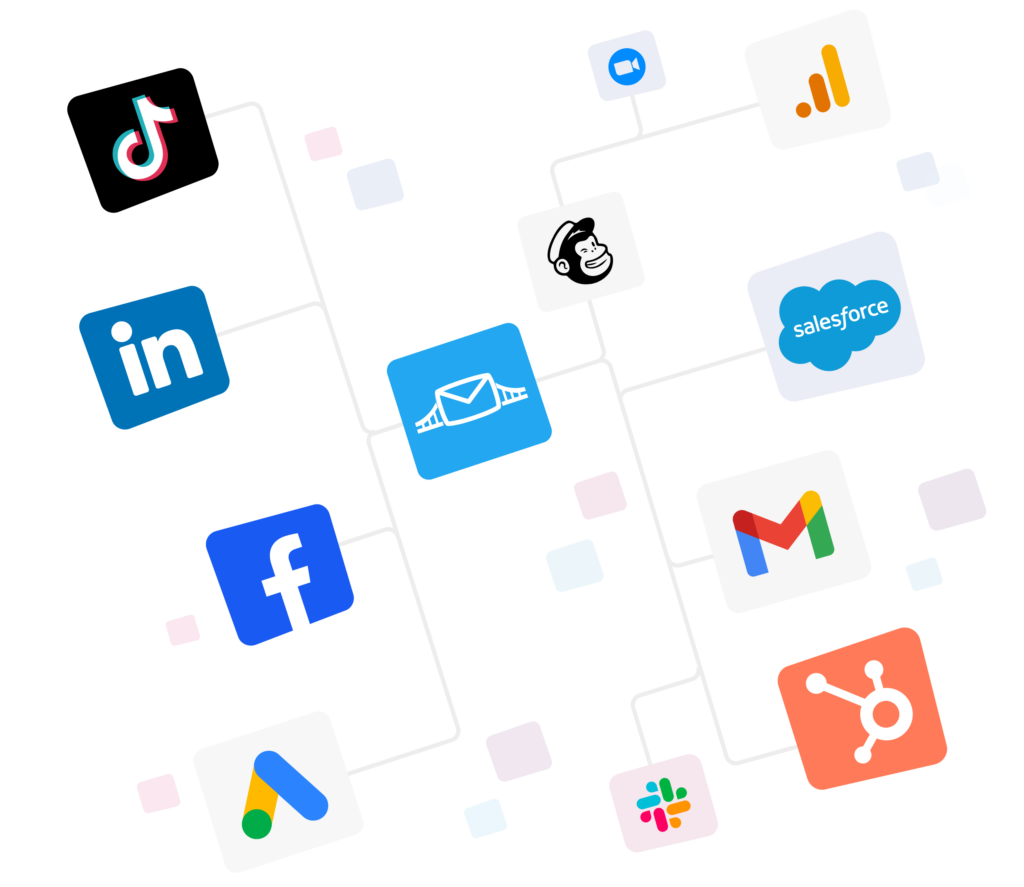
High-quality data isn’t just a luxury—it’s a necessity. Accurate, complete, and up-to-date information serves as the backbone of successful decision-making, enabling teams to craft personalized outreach and drive meaningful engagement. However, the reality is that most raw data collected by businesses is incomplete, outdated, or riddled with inaccuracies, leaving gaps that can hinder growth and performance.
This is where B2B data enrichment steps in as a game-changer. By enhancing your existing data with valuable insights and missing details, data enrichment empowers you to unlock the full potential of your customer and prospect information.In this guide, we’ll dive deep into the world of B2B data enrichment—exploring what it is, its transformative benefits, actionable implementation techniques, and how to select the right solutions to streamline your workflows and maximize ROI. Whether you’re looking to refine your CRM, improve targeting, or automate your enrichment process, this guide has you covered.
What is B2B data enrichment?
B2B data enrichment is the process of enhancing your existing business data by supplementing it with additional information from external sources. It involves filling in missing fields, correcting inaccuracies, and adding more context to ensure your data is accurate, complete, and actionable.
For example, if your database only includes a prospect’s name and email, data enrichment might add details such as their job title, company size, industry, social profiles, and more. By enriching your data, you can gain deeper insights into your target audience and create more personalized marketing and sales campaigns.
Benefits of B2B data enrichment
Investing in B2B data enrichment is a strategic move that can transform your business operations by improving the quality and utility of your data. Here are the key benefits your organization can achieve:
1. Improved targeting and personalization
Enriched data provides a clearer, more detailed picture of your prospects and customers. With this information, you can segment your audience more precisely, creating tailored messaging that resonates with their specific pain points and preferences. Personalized campaigns foster stronger connections, resulting in higher engagement rates, increased trust, and improved conversion rates. By knowing more about your audience, you can deliver exactly what they need, when they need it.
2. Enhanced sales productivity
Sales teams thrive on actionable insights. With enriched data, they gain access to accurate, detailed lead profiles that help them prioritize high-value opportunities. For instance, knowing a lead’s job title, company size, or recent behavior allows sales reps to craft more meaningful outreach and accelerate the sales cycle. Enrichment ensures that your sales team spends less time chasing dead ends and more time closing deals with the right prospects.
3. Improved CRM accuracy
A cluttered CRM filled with duplicate or outdated records can hinder productivity and decision-making. B2B data enrichment ensures that your CRM database is clean, consistent, and up to date. By reducing redundancies and filling in missing fields, data enrichment allows your marketing and sales teams to work with reliable information. This accuracy not only boosts team efficiency but also enhances your ability to analyze trends and measure performance.
4. Optimized marketing campaigns
Marketing campaigns thrive on relevant, actionable insights, and enriched data delivers just that. By providing details such as industry type, company size, and buying intent, data enrichment enables you to craft campaigns that align with your audience’s needs and preferences. With more precise targeting and messaging, your campaigns become more effective, driving higher ROI and ensuring your efforts are reaching the right people at the right time.
5. Streamlined automation
When enriched data is integrated into your CRM and marketing platforms, it unlocks the full potential of automation. You can create seamless workflows with tools like LeadsBridge that automatically update and synchronize lead data from lead generation sources and your CRM, ensuring your team always has access to accurate information. This reduces manual data entry, eliminates human error, and allows your team to focus on strategic activities rather than administrative tasks.
How to implement B2B data enrichment
Implementing B2B data enrichment effectively requires a structured approach to ensure your database becomes a powerful asset for your marketing and sales teams. Here’s a step-by-step guide to help you enhance your data and maximize its potential:
1. Collect and organize your existing data
Start with a comprehensive audit of your current database to identify gaps, inaccuracies, and outdated information. Look for missing fields, duplicate records, and inconsistent formatting. Once these issues are identified, organize your data into a streamlined structure, ensuring it is clean and ready for enrichment. A well-organized foundation not only simplifies the enrichment process but also prevents errors down the line.
2. Enrich data through external sources
Enhance your database by tapping into external data sources. Third-party providers and enrichment platforms can fill in missing details, correct inaccuracies, and add valuable context to your data. For example, tools like LeadConduit specialize in real-time data enrichment, automatically verifying and appending critical information such as job titles, company size, and contact details as soon as a lead enters your system. Leveraging these sources ensures your data remains robust and actionable.
3. Automate with CRM integrations
Manual data enrichment is time-consuming and prone to errors, which is why automation is key. By using B2B CRM data enrichment tools like LeadsBridge, you can seamlessly connect lead data sources (for example, lead generation ads and lead forms) to your CRM, so you can immediately enrich lead data. This integration ensures your database is continuously updated with fresh, accurate information in real time. Automation not only reduces the burden on your team but also allows them to focus on high-priority activities like lead nurturing and deal closing.
4. Apply data enrichment techniques
Data enrichment is more than just filling in blanks; it’s about making your data smarter and more actionable. Here are some key techniques to implement:
- Email verification: Validate email addresses to improve deliverability and avoid bounced emails. This ensures your outreach efforts reach the right inboxes. Discover the versatility and power of LeadConduit add-ons.
- Social media insights: Append social media profiles to your database to gain a well-rounded view of your leads and understand their professional interests.
- Firmographic data: Add company-level details such as industry, annual revenue, and employee count to help with segmentation and account-based marketing (ABM) strategies.
- Behavioral data: Use website activity and engagement patterns to enrich lead profiles with insights into their interests and buying intent.
Combining these techniques enables you to create highly targeted campaigns and personalized sales approaches that resonate with your audience.
5. Regular data maintenance
B2B data enrichment is not a one-and-done task. Over time, data becomes outdated due to job changes, company rebranding, and other factors. To maintain the accuracy and relevance of your database, establish a routine for regular data validation and updates.
B2B CRM data enrichment and LeadsBridge
B2B CRM data enrichment becomes even more effective when paired with automation. With tools like LeadsBridge, you can connect your lead sources to your CRM and ultimately expedite the enrichment process to help keep your data clean, accurate, and actionable in real time.
LeadsBridge’s integrations allow you to:
- Sync lead data across multiple platforms.
- Automate lead routing and prioritization.
- Streamline workflows between your CRM and other tools.
Choosing the right B2B data enrichment solutions
Selecting the right B2B data enrichment solution is critical to ensuring your organization gets the most out of its data. The ideal solution should align with your business goals, streamline processes, and provide accurate, actionable insights that empower your marketing and sales teams. Here are five key factors to consider when evaluating data enrichment tools:
1. Real-time enrichment
Real-time data enrichment ensures that as soon as a lead enters your system, it is instantly updated with accurate, relevant information. This reduces lag time and allows your teams to act immediately on high-quality, enriched data. Solutions like LeadConduit specialize in real-time enrichment, ensuring your database is always up-to-date without requiring manual intervention.
2. Integration capabilities
A great data enrichment solution should seamlessly integrate with the tools you already use. CRMs, marketing automation platforms, and sales enablement tools are at the core of your workflows, and the enrichment tool you choose must connect with them effortlessly. For example, LeadsBridge provides robust integration options with popular CRMs and advertising platforms, enabling businesses to sync enriched data automatically across their tech stack.
3. Data accuracy and coverage
The effectiveness of data enrichment hinges on the quality and breadth of the data the solution provides. Look for tools that aggregate information from multiple verified sources and prioritize accuracy to ensure your enriched database remains reliable and comprehensive. A tool with strong data accuracy ensures fewer errors, higher engagement rates, and better decision-making.
4. Scalability
Your enrichment solution should be able to scale with you, handling larger data volumes and more complex workflows without compromising on speed or accuracy. Choosing a scalable platform ensures your data enrichment processes remain efficient as your business expands.
Leverage LeadConduit
When it comes to real-time data enrichment, LeadConduit stands out as a powerful solution for businesses seeking speed, flexibility, and accuracy. Its standout features include:
- Real-Time data enrichment: Enrich leads instantly as they’re captured, ensuring your data is always current and actionable.
- Customizable workflows: Adapt enrichment processes to meet the unique requirements of your business, making the tool highly flexible and user-friendly.
- Third-Party integrations: Seamlessly connect with CRMs, marketing platforms, and other tools to create a streamlined, automated data flow.
- Advanced filtering: Use detailed filtering rules to ensure only high-quality, relevant leads make it into your database.
By leveraging LeadConduit’s features, businesses can save time, improve lead quality, and optimize data-driven decision-making.
Final thoughts
B2B data enrichment is an essential process for businesses looking to improve the quality and effectiveness of their marketing and sales efforts. By enriching your data, you can unlock deeper insights, enhance personalization, and optimize your workflows.
Solutions like LeadsBridge and LeadConduit make the process seamless, offering powerful integrations and real-time enrichment capabilities.
Take the next step toward better data management—explore LeadsBridge CRM integrations and discover LeadConduit’s features today!




















